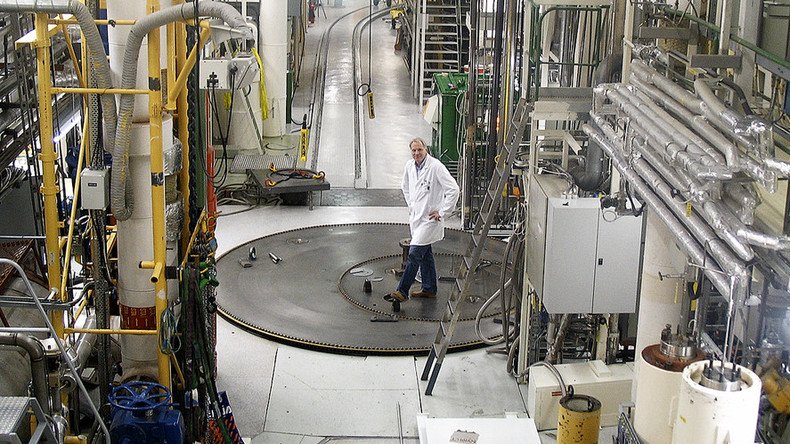Norway nuclear reactor suffered radioactive leak – authority

The Norwegian Radiation Protection Authority (NRPA) has said that one of the country’s research reactors suffered a leak of radioactive iodine on Monday.
“The radioactive leak was due to a technical failure during treatment of the fuel in the reactor hall. Emissions are low,” a statement from the NRPA said on Tuesday.
The leak is not expected to pose a health risk or danger to the environment outside the facility, the NRPA says.
Later on Tuesday the reactor's operator, the Norwegian Institute for Energy Technology (IFE), announced that the leak had been contained and no injuries had been sustained.
"The reactor is shut. The leak is contained," Atle Valseth, research director at IFE, told Reuters.
Valseth said the personnel at the plant had received a low dosage of radiation. "There is no danger to health. The radioactive dosage they have received is low," he said.
The incident happened at 1:45pm local time on Monday at the Halden Reactor, located in Ostfold county in southeast Norway.
Those working at the reactor at the time of the incident were promptly evacuated when the alarm went off.
The Halden Reactor was built in 1955 and became operational in 1958. It is a boiling water reactor which is dedicated to research purposes. “[It] is regarded in many countries as a strategic asset for testing fuel and reactor components,” according to data from the Norwegian Institute for Energy Technology. It runs at a maximum thermal power of 20 MW.
The leaked radioactive iodine has a radioactive decay half-life of about eight days. It can cause mutation and even death in cells it affects.












